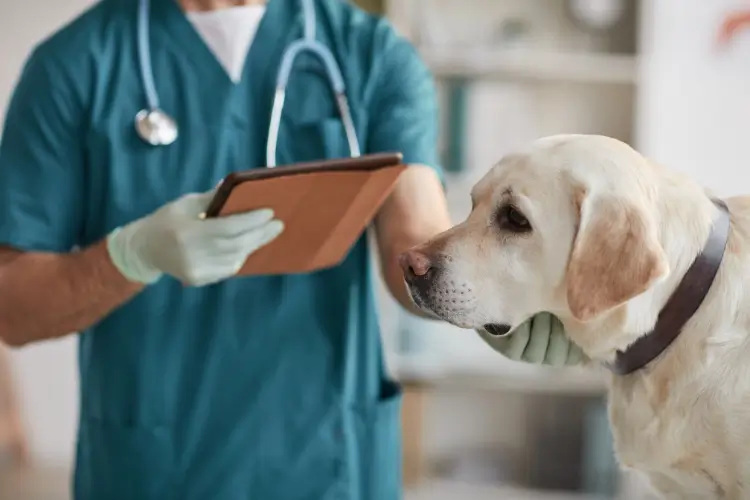Veterinary surgical services have evolved significantly over the years, emphasising both precision and compassion in their approach to treating our beloved animal companions. When faced with the prospect of animal surgery for your pets, it’s natural to feel concerned and seek reassurance about the quality of care they will receive. This article will explore what pet owners can expect from modern veterinary surgical services, highlighting the crucial aspects of precision and compassion that define these practices.
State-of-the-Art Facilities
Modern veterinary surgical facilities boast state-of-the-art equipment that are designed to provide the highest standards of care for pets undergoing surgery. From advanced imaging techniques such as MRI and CT scans to minimally invasive surgical tools like laparoscopes and endoscopes, these facilities are equipped to handle a wide range of surgical procedures with precision and efficiency. Pet owners can rest assured that their furry friends are in capable hands when they entrust them to the care of experienced veterinary surgeons operating in well-equipped facilities.
Comprehensive Preoperative Evaluation
Before any surgical procedure, a comprehensive preoperative evaluation is conducted to assess the pet’s overall health status and identify any underlying problems that may affect the outcome of the surgery. This evaluation typically includes a thorough physical examination, blood tests, and diagnostic imaging studies to make sure that the patient is a suitable candidate for surgery. By taking the time to thoroughly evaluate each patient before surgery, veterinary surgeons can minimise the risk of complications and optimise the chances of a successful outcome.
Individualised Treatment Plans
One of the hallmarks of modern veterinary surgical services is the emphasis on individualised treatment plans tailored to meet the unique needs of each animal. Rather than adopting a one-size-fits-all approach to surgery, veterinary surgeons consider factors such as the patient’s age, breed, size, and medical history when developing a treatment plan. This personalised approach allows for more effective pain management, faster recovery times, and improved long-term outcomes for pets undergoing surgery.
Minimally Invasive Techniques
Advancements in medicine have led to the widespread adoption of minimally invasive veterinary surgical techniques, which offer numerous benefits over traditional open surgery. Minimally invasive procedures involve making small incisions and using specialised instruments to perform surgery with greater precision and less tissue trauma. These techniques result in smaller scars, reduced pain and discomfort, faster recovery times, and lower risk of complications than traditional surgery. Whether it’s laparoscopic spays, arthroscopic joint surgeries, or minimally invasive tumour removals, pet owners can expect their furry friends to receive the latest surgical innovation when undergoing minimally invasive procedures.
Compassionate Postoperative Care
The period following surgery is critical for the patient’s recovery, and compassionate postoperative care is crucial in ensuring a successful outcome. Veterinary surgical teams provide attentive monitoring, pain management, wound care, and rehabilitation services to support patients healing from surgery. In addition to physical care, emotional support is offered to both pets and their owners during this vulnerable time, helping alleviate anxiety and promote a sense of reassurance and comfort.
Clear Communication and Follow-Up
Effective communication between veterinary surgeons and pet owners is essential throughout the surgical process. From discussing treatment options, obtaining informed consent, providing updates on the patient’s progress, and addressing any concerns or questions, clear and open communication fosters trust and collaboration between all parties involved. Furthermore, follow-up appointments are scheduled to monitor the patient’s recovery, assess healing progress, and address any lingering issues or complications that may arise postoperatively.
In conclusion, modern veterinary surgical services embody a commitment to both precision and compassion, ensuring that pets receive the highest quality of care throughout the surgical process. With state-of-the-art facilities, comprehensive preoperative evaluation, individualised treatment plans, minimally invasive techniques, advanced pain management, compassionate postoperative care, clear communication, and follow-up, pet owners can have confidence knowing that their furry friends are in capable hands when undergoing animal surgery. By prioritising the well-being and comfort of their patients, veterinary surgeons uphold the highest standards of professionalism and dedication to the animals they serve.
Written By: Sophie Clarke




